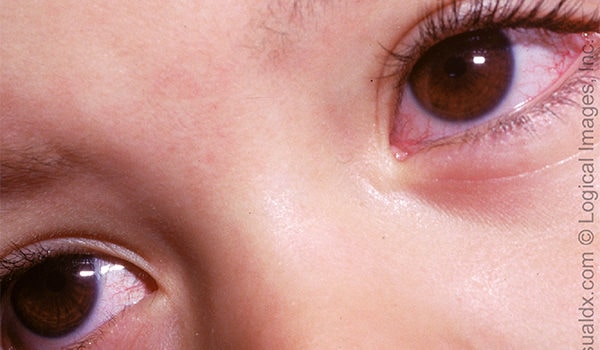Urgent message: Diagnosing UTI in a child is challenging in the urgent care setting. Fever, abdominal or back pain, frequency or new onset of incontinence all should raise your index of suspicion. KIMBERLY GIBSON, MD Cases such as the following are common in urgent care and they present unique challenges: J.S., a 2-year-old girl, presents to an urgent care clinic on a Saturday afternoon for evaluation of low-grade fever and fussiness. Her parents have been …
Read More

